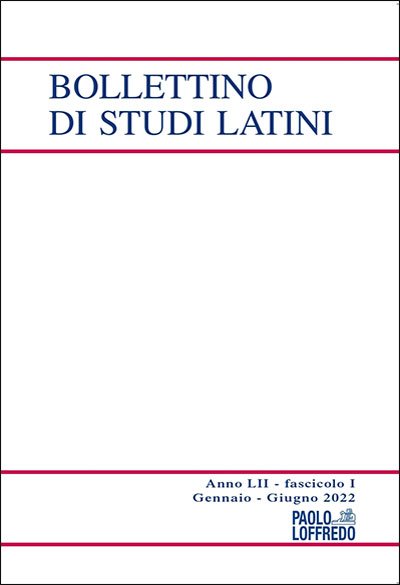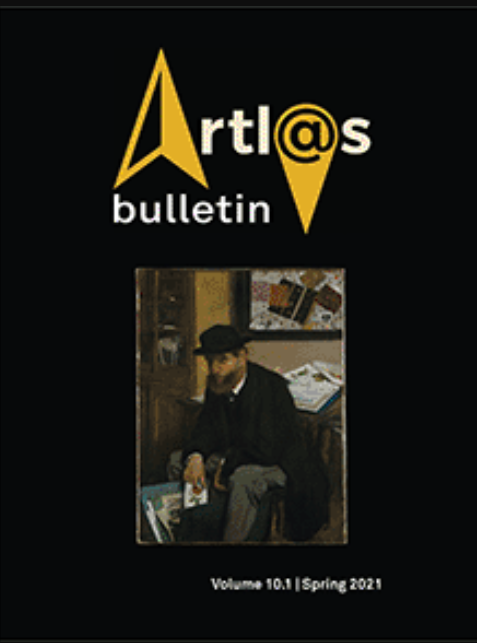Umberto Verdura
Graduate Student
uv2116@columbia.edu
Interests
Ancient Novel
Apuleius
Second Sophistic
Ancient Egypt
Egyptomania
Latin Paleography
Classical Reception
Comparative Literature
Born on the shores of the Lake of Como, Umberto moved to Paris at the age of 19, where he studied Classical Philology at the Sorbonne Université and at the École normale supérieure, where he received a four-year governmental scholarship. In August 2021, he moved to the United States to teach French, Latin, and Classical Mythology at Harvard University.
His research interests lie in the Latin literature of the Roman Empire as well as in its connections with Greek culture. He focuses mainly on the Ancient Novel, Apuleius, and his Late Antique and Modern reception, Latin philosophy, and the history of the texts. He started learning Middle Egyptian, and he is currently interested in the reception of Egyptian Hieroglyphs in the Graeco-Roman world and beyond.
Umberto enjoys cooking, reading and writing, walking, and wandering in nature in his free time. Umberto is always eager to meet new people and excited to learn something unexpected and new every day.
Books
Apuleio. Metamorfosi. vol. III (Books VII-IX), commented by Silvia MATTIACCI (b. 7), Gabriella MORETTI (b. 8), Francesco GROTTO (b. 9, 1–21), Umberto VERDURA (b. 9, 22–42). Fondazione Lorenzo Valla, Mondadori. (forthcoming 2026).
Articles
U. Verdura. 2025. “(Re)Queering the End of the Ephesiaca: Did Hippothoos Adopt Clisthenes? A New Interpretation of Xen. Ephes. 5.14.4.” Accepted for publication and forthcoming in Hermes - Zeitschrift für klassische Philologie.
U. Verdura. 2025. “Embodiment of Antiquity: Introduction, Text, Translation, and Commentary of Beroaldo’s Oratio habita in enarratione Lucii Apuleii.” Accepted for publication and forthcoming in Traditio. Studies in Ancient and Medieval History, Thought, and Religion.
U. Verdura. 2024. “Citro or cedro reficit? On an Emendation to a Fragment of Varro’s De bibliothecis (fr. 54 GRFF).” Classical Quarterly 74.1.
U. Verdura. 2023. “Quis ille? An Example of Playful Allusion in ut ait ille… (Apul. mund. 24, 1–2).” Rivista di filologia e istruzione classica 151.2:291–306.
U. Verdura. 2023. “L’Âne d’or d’Apulée: un roman de l’excès? Surplus de sens et possibilités d’interprétation dans les Métamorphoses.” In P. Guisard, C. Laizé, and A. Contensou eds., Cultures antiques. Mesure et excès, 346–70. Paris.
U. Verdura. 2023. “New Perspectives on the Meaning of cum galeare ursici (Char. Gramm. 1.80 = GL I 80.9 = Barwick 101.5–6).” Classical Philology 118.4:552–56.
U. Verdura. 2023. “Quid sit deus meus, taceo: le discours apophatique dans l’oeuvre d’Apulée.” Latomus 83.2:332–66.
U. Verdura. 2022.“Note sul De bibliothecis di Varrone.” Bollettino di studi latini 52.1:89–115.
A. Magni, U. Verdura & G. Tassinari. 2021. “Sub signo Capricorni: The image of Capricorn on glyptics: literary sources, intaglios, impressions and drawings.” Artl@s Bulletin 10:13–25.


